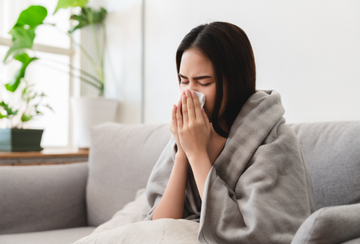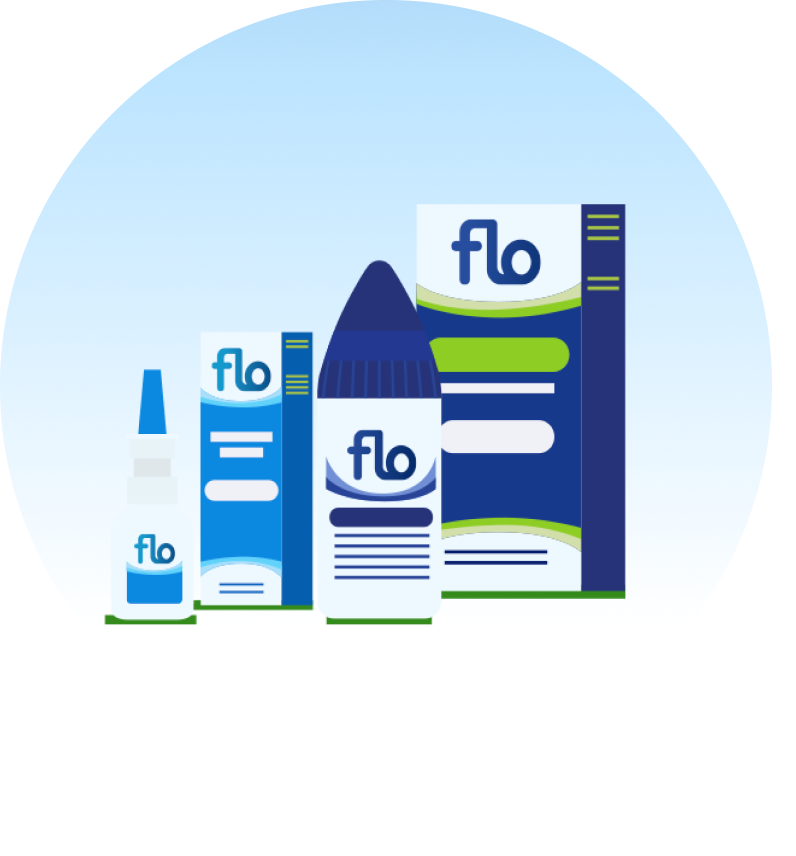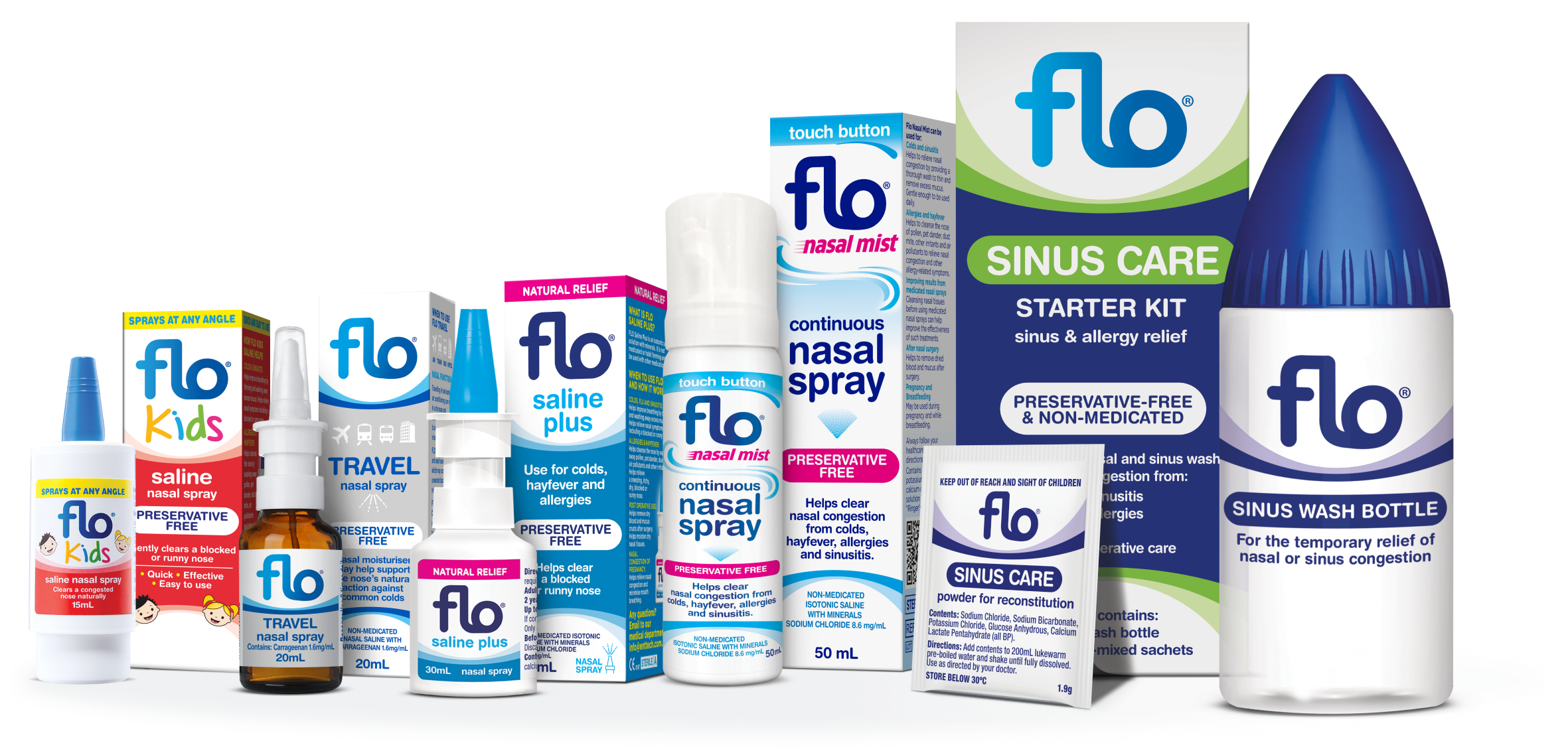
Nasal sprayNasal wash
Confused about whether to use a nasal spray or sinus wash for cold, hayfever or sinusitis symptom relief? Discover when to use each option and find the right solution…

Allergies & hayfeverBlocked noseCold & fluNasal spraySinus washSinusitis
Discover helpful tips to unblock your nose and relieve nasal congestion. Find relief
from cold and flu, allergies, …

Baby & child healthNasal spray
Uncover the benefits of using a saline nasal spray on your baby. With these tips,
you’ll be able to help your baby breathe …

Allergies & hayfeverBlocked noseCold & fluRunny nose
Discover practical tips and effective products to relieve blocked or runny noses in adults, children, and babies.

Blocked noseCold & fluRunny noseSinus washSinusitis
If you have a runny or blocked nose from cold, flu or sinusitis, sinus washing can help in many ways…

Blocked noseNasal washSinus wash
Maintain proper hygiene when using sinus washes and nasal sprays for nasal or sinus congestion…

Baby & child healthBlocked nose
Discover practical tips and effective products to relieve blocked or runny noses in adults, children, and babies…








